“Crossover” is a word that has somehow lost its power in recent years. The dawn of the Marvel Cinematic Universe as an entertainment machine and even stuff like the Super Smash Bros. Brothers franchise have sort of deprived this ambitious word of the impact it once had. Seeing multiple characters from different origins coming together isn’t necessarily as exciting as it once was — even if an Avengers: Endgame still has the power to fire us up. Crossovers weren’t exactly novel in ’90s television either, especially within shows of the same network. Back in 1994, though, a particularly impressive stunt aired on prime-time television, as NBC sought to use every sitcom in its “Must See TV” Thursday lineup to create something that was even more elusive back then, even among the same network’s titles: synergy.
10-29-94 NBC Blackout Thursday ad Friends, Seinfeld, Mad About You, etc
The idea was to frame the four Thursday sitcoms — Mad About You, Friends, Seinfeld, and the now-forgotten Madman of the People — under one common event, a citywide blackout in New York City. The result is an event that was decidedly successful back then and which has become outright iconic today. Known as the “Blackout Thursday” of 1994, it solidified the network’s “Must See TV” lineup as just that: appointment television that dominated the cultural landscape and very much defined the late ’90s on the small screen. On its 30th anniversary, it’s time to look back at this innovative strategy, which, despite its age, seems more topical and refreshing now than ever before.
Turn off the lights
 In Front Productions/TriStar Television/Nuance Productions
In Front Productions/TriStar Television/Nuance ProductionsIn a profile piece about the event’s 20th anniversary in 2014, Esquire includes a quote from then-senior NBC executive Dan Holm, who claimed he didn’t “recall exactly who came up with the blackout theme, whether it came from the promotions department or programming.” The truth behind the event’s inception might be lost to time, or at least well-buried under a pile of he said, she saids. The truth is, a stunt like this was probably not the result of a single head, but rather a group of people collaborating — the idea might’ve even gone through several stages, for all we know. Deciding on the day of the week wasn’t hard, however.
Back in 1994, Thursday nights on NBC were golden. Mad About You, then in its third season, was already an Emmy nominee and among the top 30 programs of the 1993-1994 season. Seinfeld was actually the third-most-watched show of that season, averaging 19 million viewers, back when the average sitcom was hitting the 20 million mark on a daily basis (for comparison, Abbott Elementary, arguably the most successful sitcom currently airing on prime-time TV, usually comes in under 5 million).
 TV Guide
TV GuideAnd 1994 was also a seminal year for television with the debut of Friends, a generation-defining sitcom that would bridge the ’90 with the early 2000s in ways few other shows could. Then on its first season, the show was already a hit, slowly asserting the dominance it would have for the next decade. The outlier here was Madman of the People, a Dabney Coleman vehicle that premiered on September 22 in the 9:30 p.m. slot. At the time, it was actually averaging high ratings — it even ended its one-season run within the Top 15, although history doesn’t even bother to remember it now.
Madman of the People Promo
The real brilliance here was coming up with a blackout as the connective tissue between the shows. These were sitcoms we’re talking about, meaning nothing too tragic could tie them together. However, the event needed to be prominent enough that it could feel major, at least within the extremely low-stakes environment of the sitcom world. One character could have crossed over to every show, but that would have required finding (and paying) someone famous enough to stand out in each show. Death is too grim, and there are only so many visits Jamie Buchman could make to the world of Friends without depriving it of its identity.
Thus, a blackout! Simple to execute, low-stakes enough to prevent anyone from suffering, yet important enough to stop the characters’ lives and allow for some wacky hijinks. It really was a thing of beauty, elegantly simple, yet inspired and deeply relatable to an audience rooted profoundly in its electronic devices. Blackouts feel world-shaking when they happen, especially if you have a job or a commitment or, in my case, a deadline. Minutes turn into hours, and life itself seems to stop. In real life, blackouts are dull and frustrating; in sitcom world, it turns out they are the perfect chance to bring out your guitar and sing Top of the World.
How NBC started its own citywide blackout
 Warner Bros. Television
Warner Bros. TelevisionThe event starts with Mad About You, where lead couple Paul (Paul Reiser) and Jaime Buchman (Helen Hunt) inadvertently cause the blackout when trying to hook up their cable illegally. The episode sees their building mad at them for messing up the cable network for everyone and ends with the blackout still going on — the credits sequence even features a cameo from Al Roker, who claims the failure is due to either a complex power failure “or some yutz trying to steal cable.” Reiser and Hunt were particularly game, clearly excited about the role they played in the overarching crossover.
Hunt was particularly proud of causing the blackout, while Reiser, rather tongue-in-cheekly, claims their yank was so strong it went “all the way to Dabney Coleman’s house.” The goodie-two-shoes duo of Paul and Jaime were the perfect choices to kick-start the event: even today, the two remain loveable, sweet to the point of being cavity-inducing. Who could stay mad at them? Mad about them, though? Sure.
A Blackout Hits New York | Friends
The event’s pièce de résistance came in the now-iconic Friends episode The One with the Blackout. Gathered in Monica’s (Courteney Cox) apartment for the blackout, Ross (David Schwimmer) tries to confess his feelings to Rachel (Jennifer Aniston), but the unlikely arrival of a certain Italian hunk complicates things for him. Meanwhile, Chandler (Matthew Perry) becomes trapped in an ATM with Victoria’s Secret model Jill Goodacre.
The One with the Blackout does what all the best episodes of Friends do: it finds the humor in the most mundane situations, capturing the wacky hijinks that can and do happen in real life. Sure, not everyone becomes trapped in a confined space with a supermodel, but what this episode is really about is the impactful and once-in-a-lifetime connection you can form in the span of mere hours. Even if it’s with someone you’ll never see again, some moments are truly game-changing. That’s the whole premise of the sitcom, after all: it’s plausible and average, but still feels important. It might not seem that way, but everyday life contains multitudes.
 Warner Bros. Television
Warner Bros. TelevisionFriends ends with the blackout ending, which, in theory, should’ve been the perfect setup for a classic Seinfeld episode. Yet, a certain someone flat-out refused to participate in the crossover. Why? Because he could. In an interview with Uproxx in 2015, former Seinfeld writer Peter Mehlman discussed the attempts NBC made to convince Larry David to do a crossover with Friends. The comedian consistently refused the idea, with Mehlman explaining that Seinfeld‘s considerable success allowed them to get away with things no other show could.
The Gymnast - Seinfeld - AZTV
It would’ve been interesting to see Jerry and company deal with a blackout, but such a gimmicky stunt proved too much for the notoriously cynical show. Alas, the episode that actually aired, The Gymnast, is best remembered for not centering around the blackout, which in many ways is the most Seinfeld thing Seinfeld could do.
The event actually continued with the 9:30 show, Madman of the People, but the continuity had been broken by Seinfeld. Moreover, the actual blackout was over by that point, and the episode itself revolved around the main character, Coleman’s Jack, spending his birthday in jail after looting during the blackout. The premise suits the show’s tone just fine — indeed, Madman of the People feels oddly mean and aimless, like a neutered, far less witty version of Network.
 TV Guide
TV GuideHaving the main character arrested for looting once again forced a confined situation, but without the blackout, so it just seemed bizarre, especially because its lead-in show wasn’t a part of the event. Thus, Birthday in the Big House seems out of place, a “very special episode” that turns out to be not special at all.
Let there be light
 Spelling Television
Spelling Television“Blackout Thursday” is a curious event in ’90s television, noteworthy enough to be remembered fondly, yet not quite seminal enough to be decade-defining. It is iconic, though, largely because of the shows involved. Arguably, Friends was the big winner here, delivering the most popular episode and becoming the unofficial poster child for the crossover. That has more to do with the show’s overall legacy than with the episode itself, though, but it’s still undeniable that when thinking of “Blackout Thursday,” our collective minds instantly picture Ross Geller fighting for his life while a yellow cat claws his neck. Still, the event was a success for NBC, cementing its “Must See TV” lineup as one of the most successful blocks in television history. “That’s when “Must See TV” started to hit its stride,” said Holm in the Esquire interview.
In hindsight, it’s easy to disregard “Blackout Thursday” as a silly ratings gimmick; while it was a gimmick, it wasn’t silly. There is genuine creativity behind this stunt, and the episodes it produced are solid entries into their respective shows. Yet, few who weren’t alive back then might even be aware of it today. On the other hand, saomeone rewatching Friends could see The One with the Blackout and not think twice about it.
NBC Blackout Night - Entertainment Tonight
“Blackout Thursday” is the product of its time and place, deeply rooted in ’90s sensibilities at an almost unrecognizable time when families spent entire evenings glued to their TV watching one show after the other. What makes it even more of an event is the fact you cannot replicate it. Sure, you can stream the Mad About You episode on Sling TV and then watch The One with the Blackout on Max, but that’s as far as you’ll get — Madman of the People is harder to find, with only grainy YouTube clips and the odd episode or two available to watch.
Perhaps that was the true achievement of this peculiar stunt: it wasn’t so much that it brought popular shows under the same banner (it did, though), but rather that it provided a different experience for the viewers. Like all the best stunts, “Blackout Thursday” made viewers believe the improbable without challenging their enjoyment; it introduced chaos into a highly controlled setting, and on a Thursday night, few things might’ve seemed more original. At the end of the day, that’s what entertainment is all about.
Mad About You is available to stream on Sling TV. Friends is available to stream on Max.
![Sara Cox on Good Morning Britain [11-25-2024]](https://celebmafia.com/wp-content/uploads/2024/11/sara-cox-on-good-morning-britain-11-25-2024-6_thumbnail.jpg)
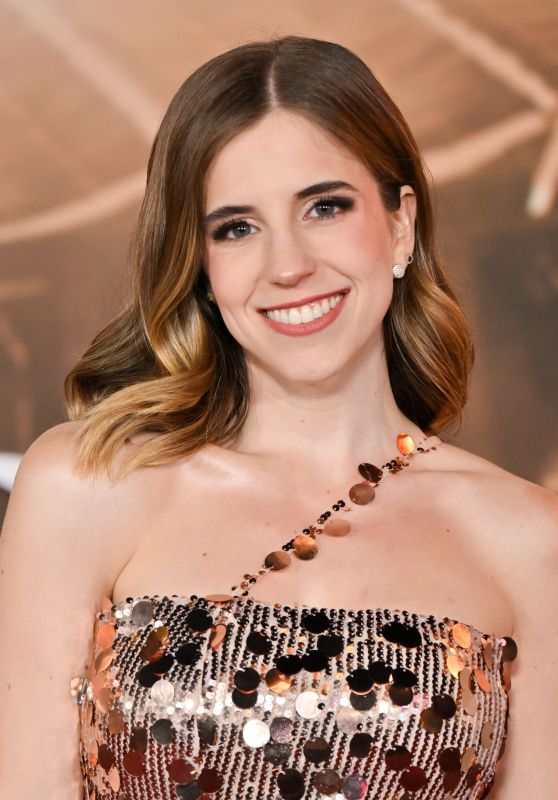
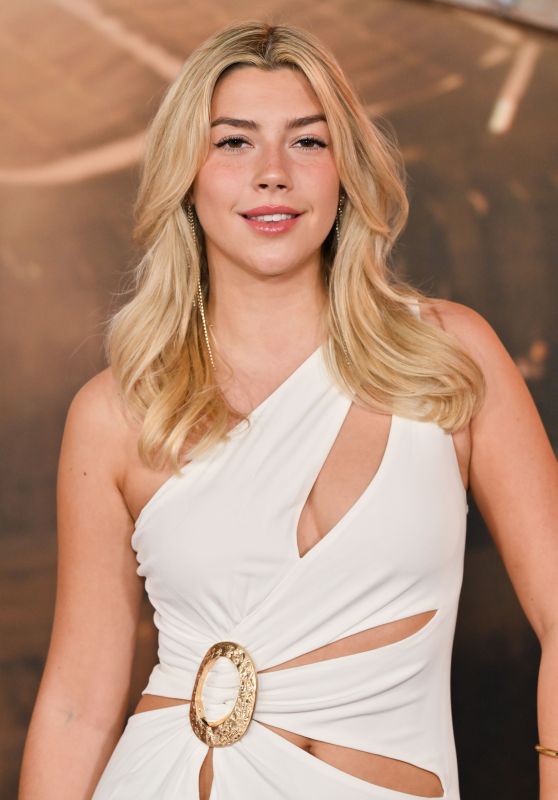
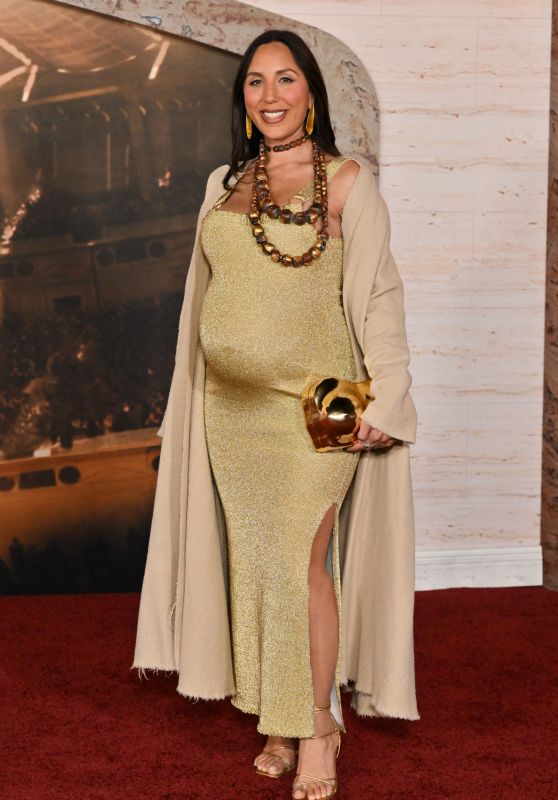
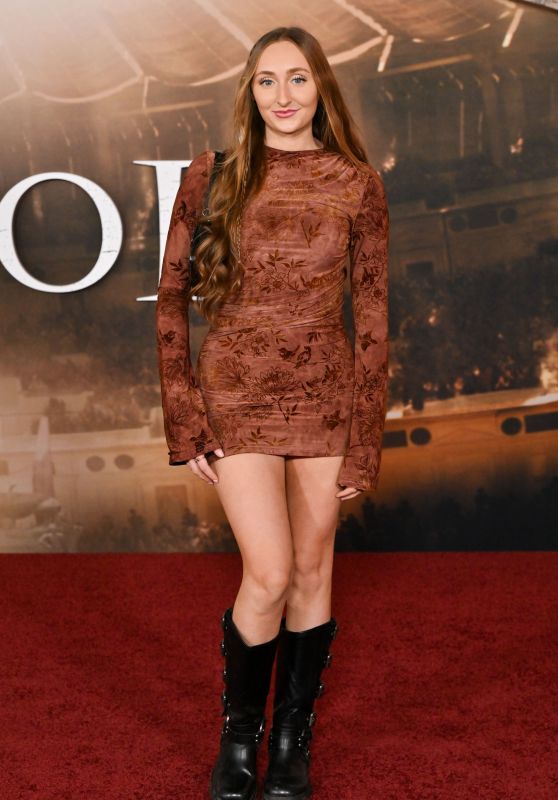
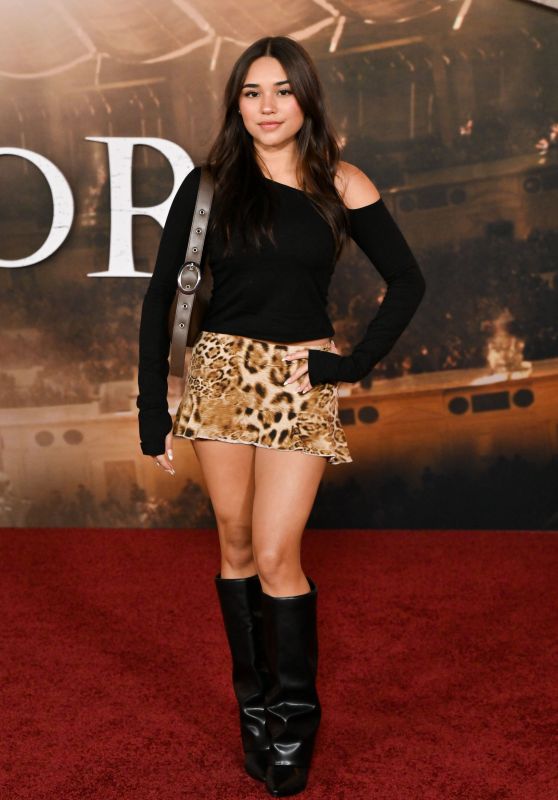
![Eliana, Demitra & Sunday Kalogeras at “Gladiator II” Premiere [11-18-2024]](https://celebmafia.com/wp-content/uploads/2024/11/eliana-demitra-sunday-kalogeras-at-gladiator-ii-premiere-11-18-2024-1_thumbnail.jpg)
![Olivia ‘Liv’ Walker & Kaylor Martin at “Gladiator II” Premiere [11-18-2024]](https://celebmafia.com/wp-content/uploads/2024/11/olivia-liv-walker-kaylor-martin-at-gladiator-ii-premiere-11-18-2024-1_thumbnail.jpg)

![Fleur East Rocks Hits Radio Live Manchester 2024 [11-23-2024]](https://celebmafia.com/wp-content/uploads/2024/11/fleur-east-rocks-hits-radio-live-manchester-2024-11-23-2024-3_thumbnail.jpg)
![Maria Becerra Presents XTI Collection [11-21-2024]](https://celebmafia.com/wp-content/uploads/2024/11/maria-becerra-presents-xti-collection-11-21-2024-8_thumbnail.jpg)








 English (US) ·
English (US) ·